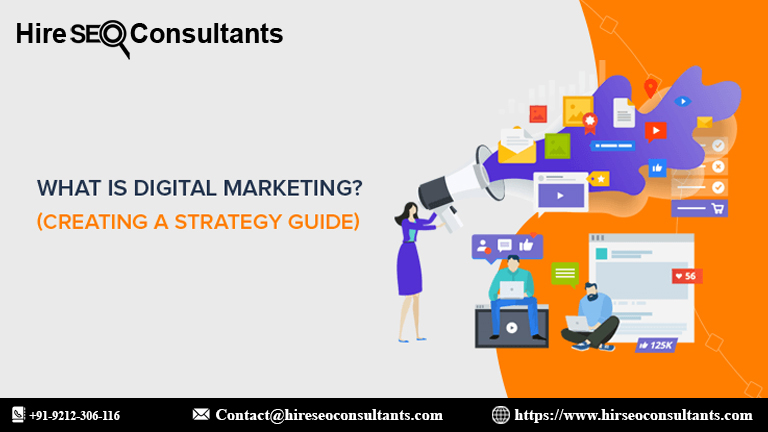Balancing Aesthetics and Functionality in Web Design Companies

In the competitive world of online business, a visually appealing website is not enough to guarantee success. A website must seamlessly merge aesthetics with functionality to engage users, encourage conversions, and foster brand loyalty. As you explore web design solutions, ensuring this balance is essential. Whether you are a business owner seeking a new website or a designer refining your craft, understanding how to combine visual appeal with usability will set your web presence apart.
Why Aesthetics Matter in Web Design
First impressions are crucial in the digital space. Studies show that users form an opinion about a website within milliseconds of landing on a page. If a site is visually unappealing, visitors may leave before exploring its content or offerings. Aesthetically pleasing design elements help to:
Enhance Brand Identity: Colors, fonts, and images should align with your brand’s personality.
Create a Memorable User Experience: A well-designed website leaves a lasting impression.
Boost User Trust: Professional design signals credibility and professionalism.
Encourage Engagement: Visually compelling layouts encourage users to explore further.
While aesthetics play a crucial role in capturing user attention, they should not come at the cost of usability. A beautiful website that is difficult to navigate will ultimately fail to achieve its purpose.
The Importance of Functionality
A website should not only look good but also serve its intended purpose efficiently. Functional design ensures that users can easily navigate and interact with the site. Key components of a functional website include:
Intuitive Navigation: Users should be able to find what they need quickly.
Mobile Responsiveness: The site should look and perform well on all devices.
Fast Load Speed: Slow websites frustrate users and increase bounce rates.
Accessibility Compliance: Websites should be usable by people of all abilities.
SEO Optimization: A well-structured site enhances search engine visibility.
By integrating these elements, web design companies can create digital experiences that keep visitors engaged and encourage conversions.
Striking the Right Balance Between Aesthetics and Functionality
User-Centered Design Approach
When aesthetics and functionality work together, they enhance the user experience. Start with a user-centered approach by conducting audience research to understand user preferences and behaviors. Ensure that visual elements support usability rather than distract from it.
For example, a website with high-quality visuals but poor navigation will frustrate visitors. Instead, design intuitive menus and strategically place call-to-action buttons to guide users effortlessly.
Simplified Yet Impactful Visuals
Minimalism in web design does not mean sacrificing beauty. Simple, clean layouts reduce clutter and make content more digestible. Use:
· Ample white space to improve readability.
· Consistent typography for a cohesive look.
· A harmonious color scheme that reflects the brand identity.
· High-resolution images and videos optimized for fast loading.
Performance Optimization Without Compromising Design
Web designers must ensure that visually appealing elements do not slow down performance. Large images, animations, and videos can affect load speed, impacting user experience and SEO rankings. Techniques to optimize performance include:
· Compressing images without losing quality.
· Using lightweight fonts and icons.
· Implementing lazy loading for media content.
· Optimizing code and reducing unnecessary scripts.
Responsive Design for Multi-Device Accessibility
With the increasing use of mobile devices, web design companies must ensure that websites function seamlessly across different screen sizes. A responsive design adapts elements dynamically, improving user experience on desktops, tablets, and smartphones. Features of responsive design include:
· Flexible grid layouts.
· Scalable images and text.
· Mobile-friendly navigation.
Incorporating Interactive Elements Thoughtfully
Interactive elements such as animations, hover effects, and micro-interactions add engagement but should not overwhelm users. Overuse of animations can slow down a site and distract visitors from their primary goals. Instead, use animations strategically to:
· Highlight important buttons or calls to action.
· Provide feedback (e.g., form validation messages).
· Enhance storytelling elements without being intrusive.
Prioritizing SEO and Accessibility
Even the most beautifully designed website is ineffective if users cannot find it. Search engine optimization (SEO) and accessibility should be integral to web design. Consider:
· Structuring content with proper heading tags (H1, H2, etc.).
· Using descriptive alt text for images to improve accessibility and SEO.
· Implementing schema markup for better search engine understanding.
· Ensuring color contrast for visually impaired users.
· Offering keyboard navigation options.
By prioritizing these aspects, web design companies create websites that reach a broader audience and perform well in search rankings.
How Website Design and Development Packages Address Both Aesthetics and Functionality
Professional web design companies offer Website Design and Development Packages tailored to business needs. These packages often include:
Custom Design: Ensuring visual branding consistency.
Technical Optimization: Improving performance and security.
Content Management Systems (CMS): Allowing easy updates.
SEO Strategies: Enhancing online visibility.
Ongoing Maintenance: Ensuring long-term functionality.
By choosing a package that aligns with business goals, companies can achieve the perfect balance between form and function.
Final Thoughts
In web design, neither aesthetics nor functionality should be an afterthought. A successful website harmonizes both, delivering a seamless, engaging, and high-performing experience. By focusing on user needs, optimizing performance, and leveraging best design practices, businesses can create websites that captivate visitors and drive results. Investing in a well-rounded Website Design and Development Package ensures that your online presence remains visually stunning and functionally effective.
By balancing these critical elements, web design companies can build sites that not only look impressive but also deliver meaningful, user-friendly experiences that translate into business success.
What's Your Reaction?

















